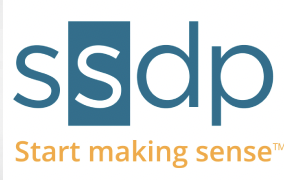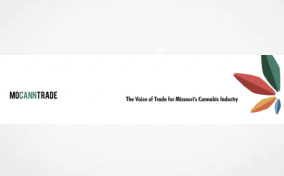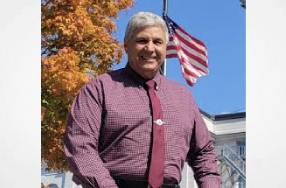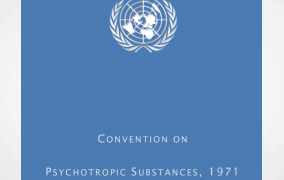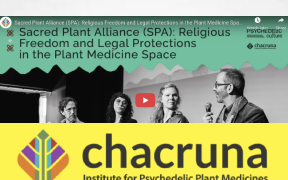MONTPELIER — The Cannabis Control Board soon will be recommending to legislators to remove all potency caps for cannabis products.
At its Dec. 14 meeting, the board targeted the existing caps on potency, recommending that future legislation remove all THC caps, and instead authorize consumer education programs and make safe dosage and health information easily accessible.
The board has put together an 82-page report for the Legislature on the topic of solid concentrates and the THC cap on them; THC is tetrahydrocannabinol, the chemical that gives cannabis users its “high,” and solid cannabis concentrates are products that are high in cannabis compounds such as THC. Examples of solid concentrates include cannabis oil, wax and shatter.
As it stands, there is a cap on cannabis flower and solid concentrates in Vermont. Flower can have a maximum of 30 percent THC, and solid concentrates can have a maximum of 60 percent THC. In the nation, only Vermont and Connecticut have imposed a cap on THC for solid concentrates in their retail market.
The board’s plan is to educate legislators about solid concentrates, how they’re used and how they’re made, members said. Next, board members believe that there should be a focus on consumer education to ensure safe dosing.
Health officials in Massachusetts and Colorado, both well-known for their legal cannabis programs, decided the existing information about the potency caps is not enough to draw a reliable conclusion to require limits. The argument is that a high THC concentration can negatively affect mental health, but to date federal prohibition has prevented scientific research from being done.
By forcing manufacturers to produce concentrates with a lower THC concentration, the manufacturers will have to cut the product with a filler, which might have negative effects on consumer health, the board noted.
The illicit market should also be considered when discussing a cap on THC, members said. Solid concentrates make up 4 to 8 percent of the illicit market in Vermont, and that small percentage brings $12 million to $25 million a year into the black market.
All concentrates are at about 60 percent THC concentration when they’re created, according to the board. The filler product has to be created after extraction, and there is no way to know for certain what will be used as a filler, members noted.
There is also little-to-no research about what effects these fillers will have on the body and lungs. The most likely outcome is that companies will not create concentrates, and the sales will remain in the illegal market, the board said.
“Prohibition isn’t going to eliminate the demand or the supply of these types of potency products,” said Brynn Hare, executive director of the board.


